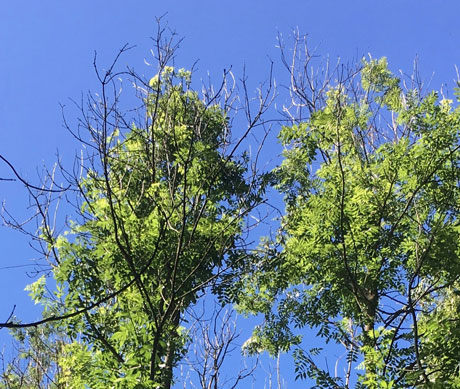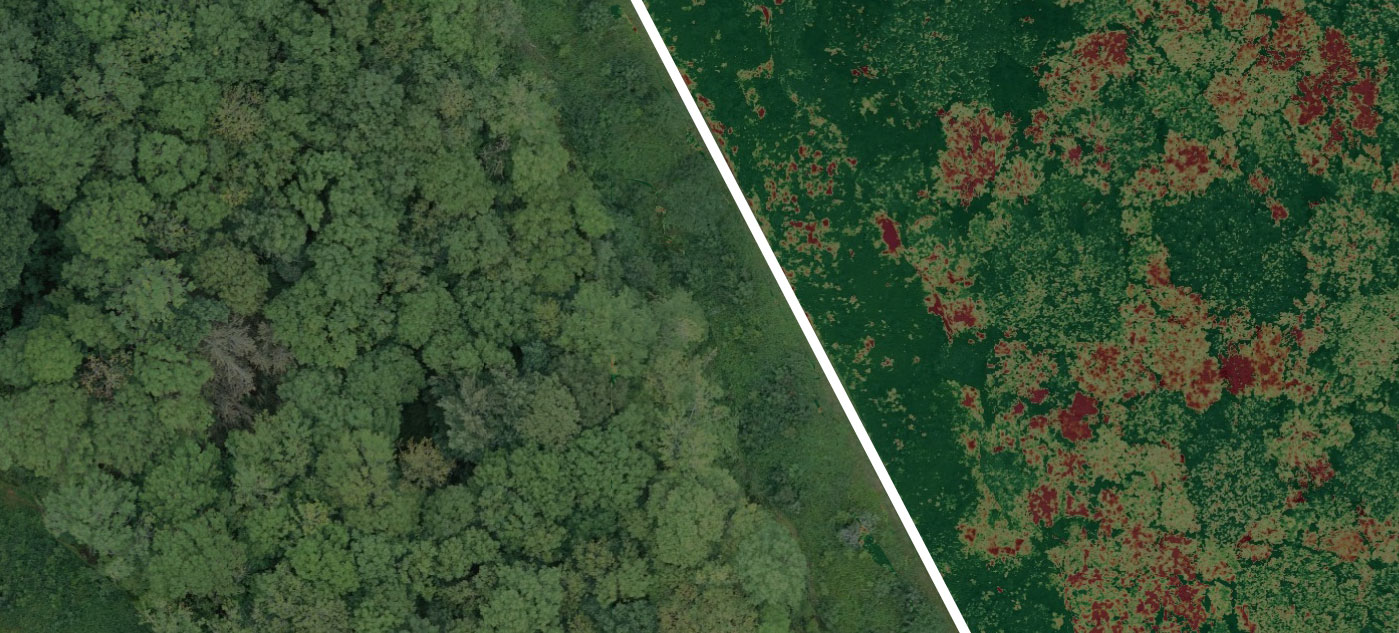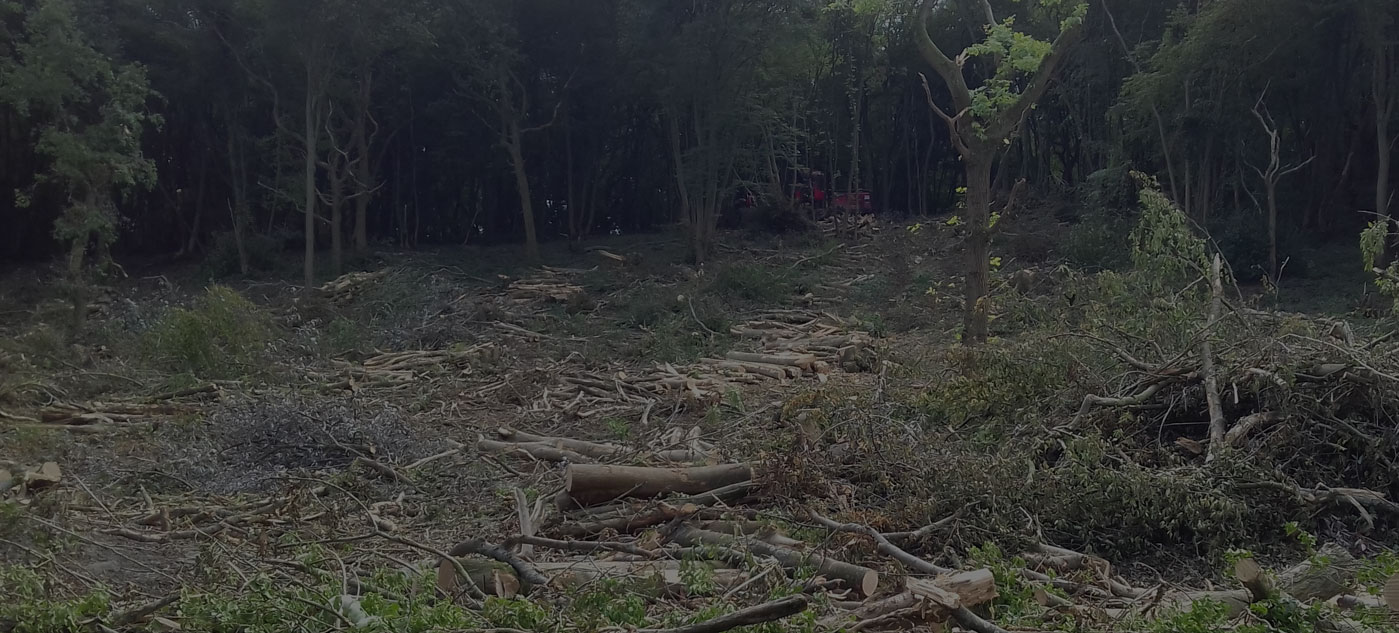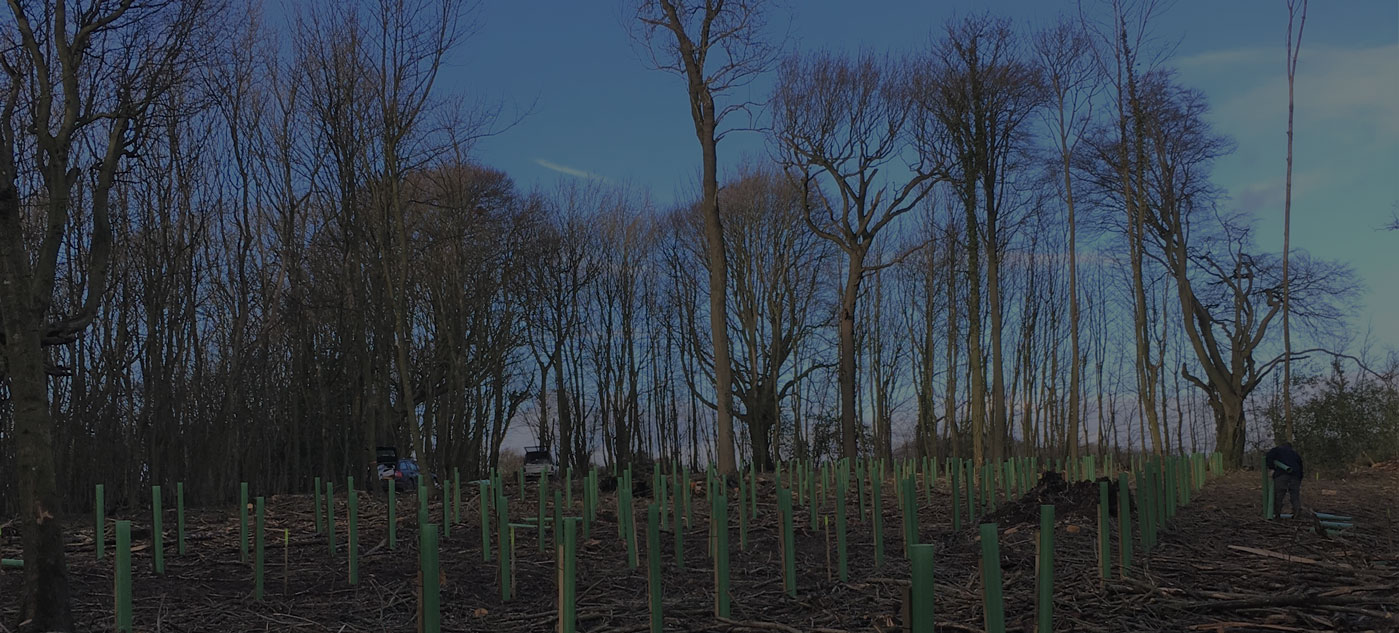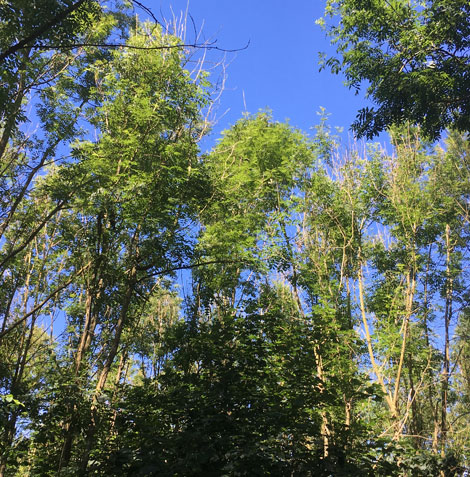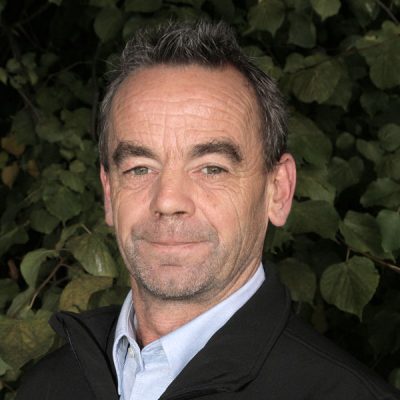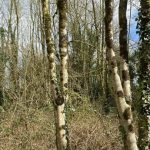
Ash Dieback
Working Together to Deliver a Complete Solution in Response to Ash Dieback
Nationwide Enquiries+353 (0)56 7702242
Restore
Restoring woodland habitats by planting will provide future resilience and ecological diversity.
What is Ash Dieback?
Our native ash trees are under threat from a new tree disease. The confirmed arrival of Chalara (now Hymenocyphus fraxinea) in 2012 now means that Ash-dieback has a more virulent and devastating cause. Chalara (ka-lar-a) infection is now causing rapid decline and ultimately death of young, middle aged and mature Ash trees across all of Ireland. The decline poses a risk to landowners for both public safety and deterioration of woodland cover and the ecological, social and economic benefits these woodlands provide. In turn is creating problems for forestry and woodland managers, as well as massively increasing tree related public
READ MORE